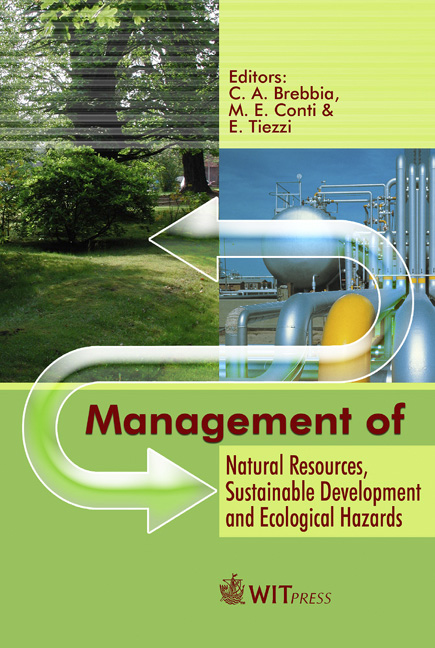About How ‘was’ ‘becomes’: Emergence Of A Sustainable Spatial-energy System
Price
Free (open access)
Transaction
Volume
99
Pages
10
Published
2006
Size
830 kb
Paper DOI
10.2495/RAV060241
Copyright
WIT Press
Author(s)
R. Roggema & A. van den Dobbelsteen
Abstract
In this paper the relationship between the complexity of a spatial system, sustainability and the type of design principles used is researched. In an analytical framework design projects are phased in timeframes and are placed in a complexity-sustainability field. The conclusion is that we are living in a timeframe in which complex systems are most common and that a new planning phenomenon might emerge based on the right impulse at the right time: swarm planning. The aim to reach a fundamental change in our spatial system, leading to a jump ahead in sustainability, is possible by adjusting our designs and planning system to the new laws of swarm. To find the right sustainable impulses to meet these laws an image of a backtracked landscape is useful. Not taking into account the complexity context we are in and not adjusting our planning system accordingly means heading for failure. Keywords: planning and design, sustainability, complexity, swarm planning, energy. 1 Introduction As the World population continues to grow as rapidly as it does nowadays and the growth of wealth in developing countries holds up with the standards of western countries we might need more natural resources then ever will be available on one earth. One side of the solution is that the depletion of resources by the rich communities should be diminished by a factor 20 as Ehrlich and
Keywords
planning and design, sustainability, complexity, swarm planning, energy.





